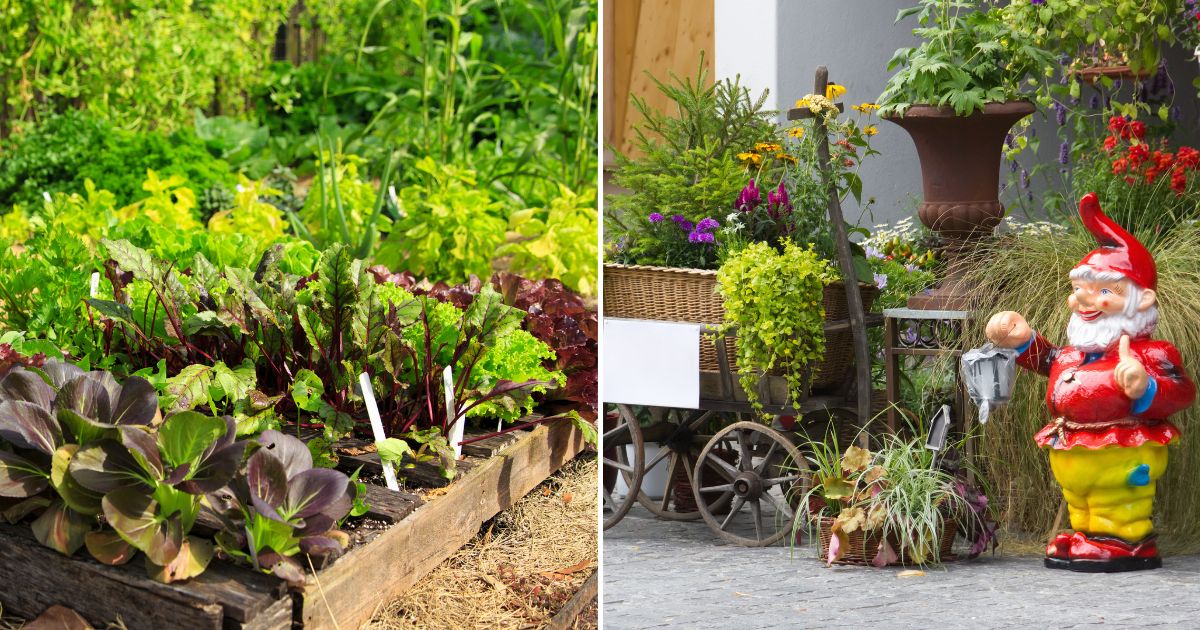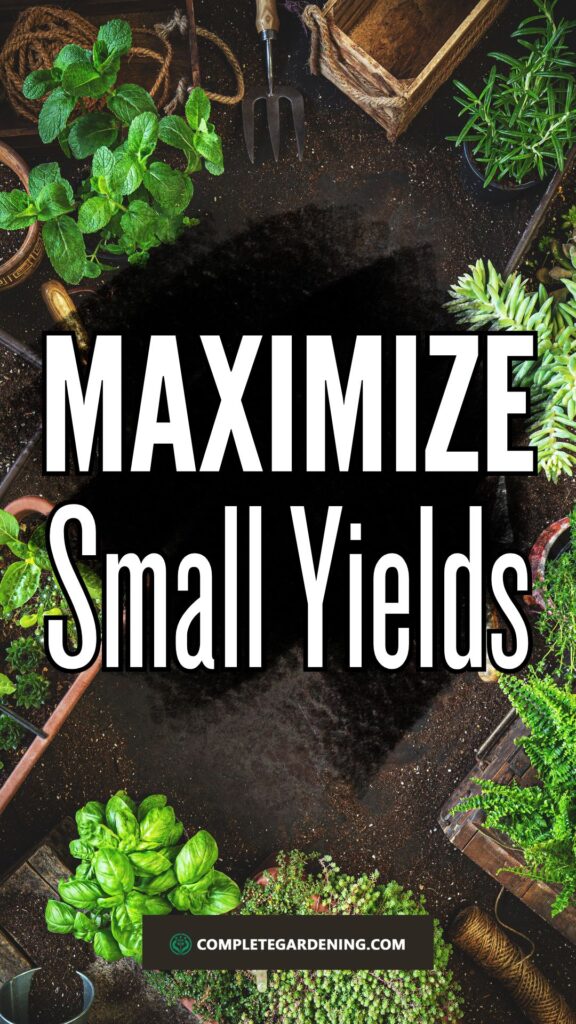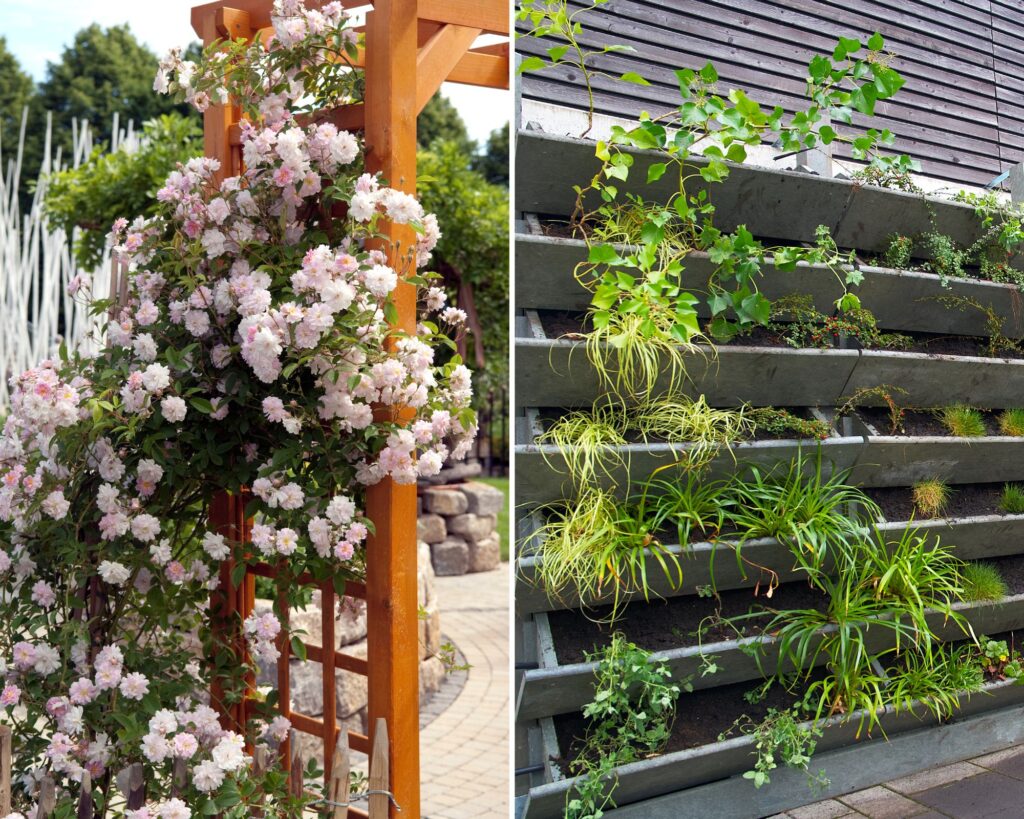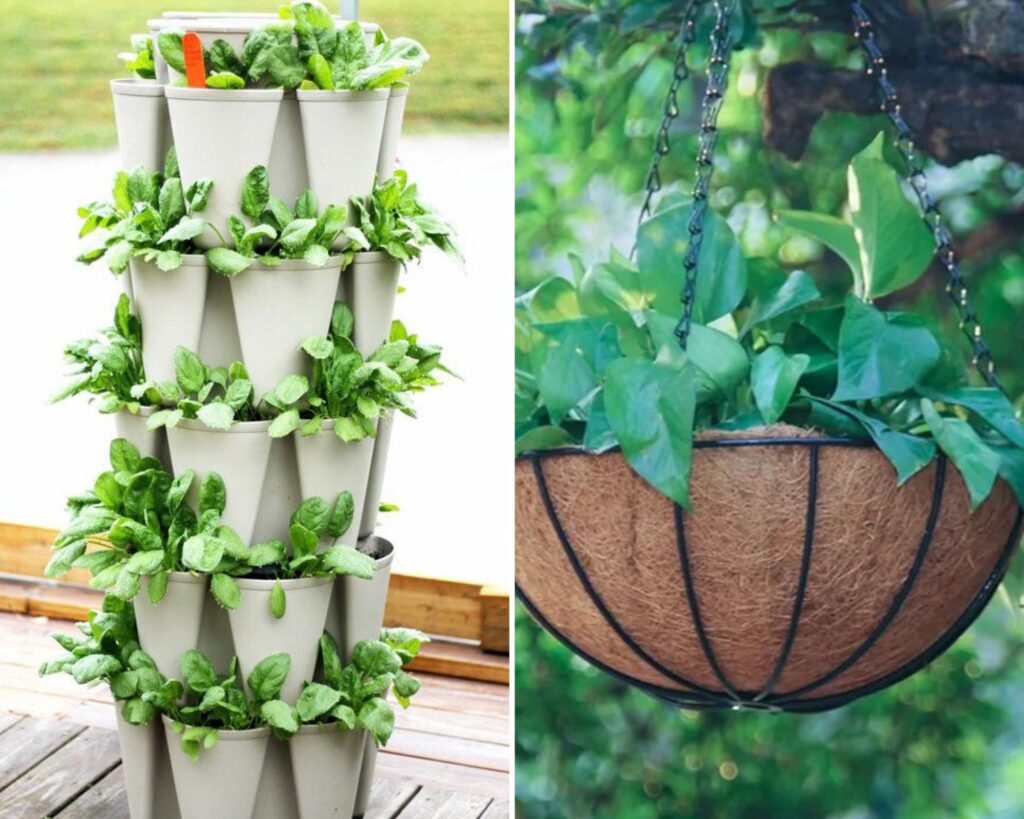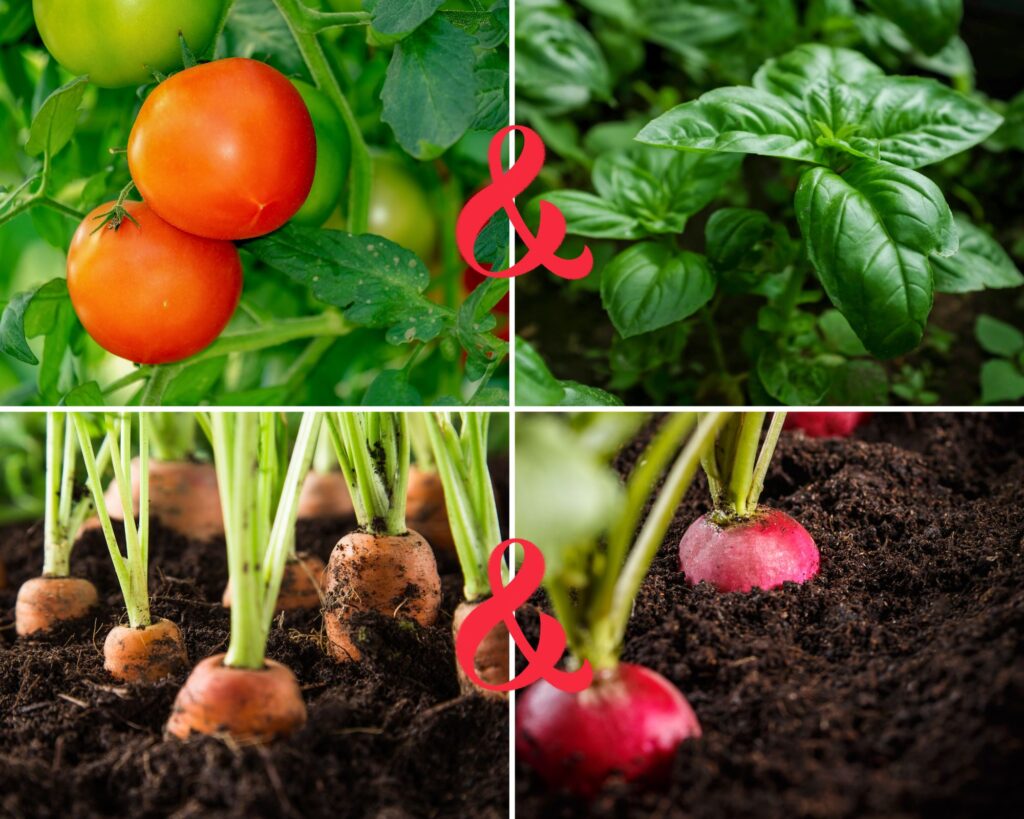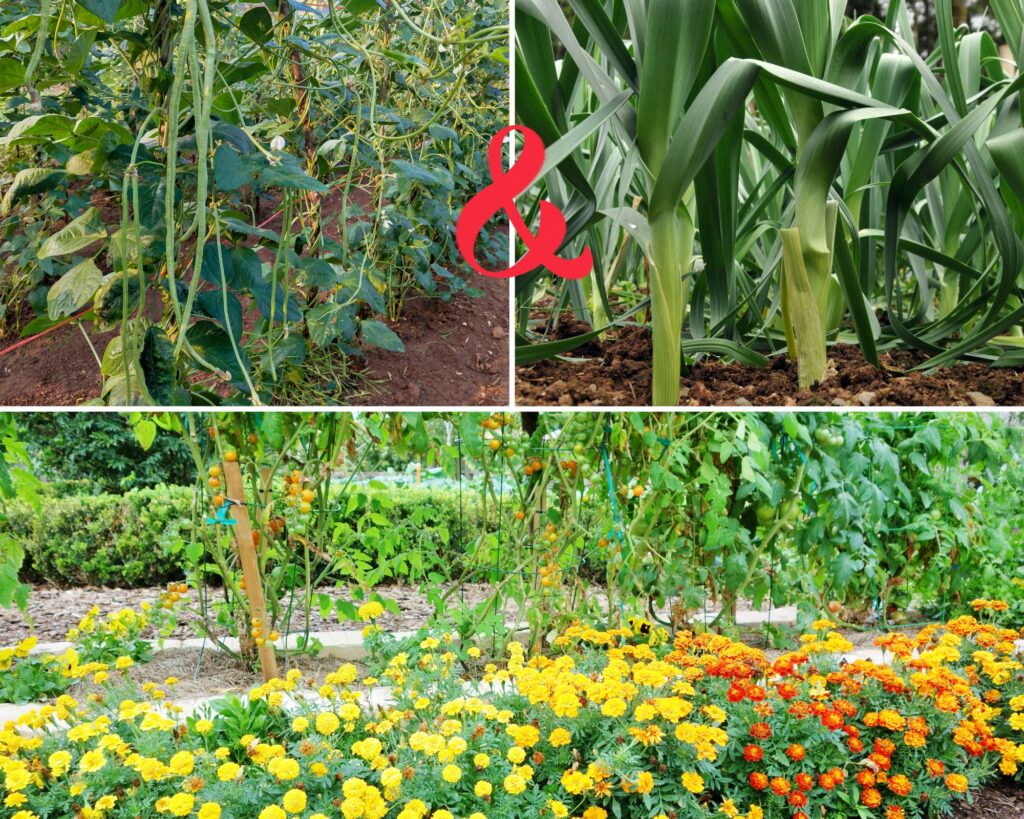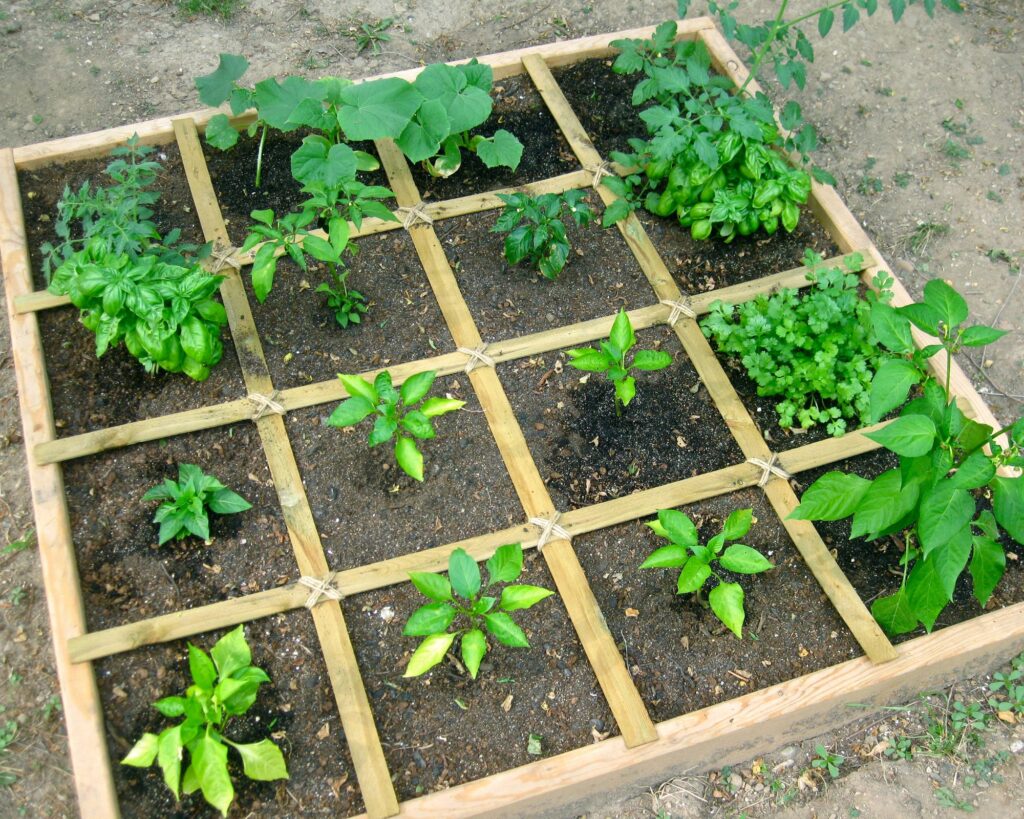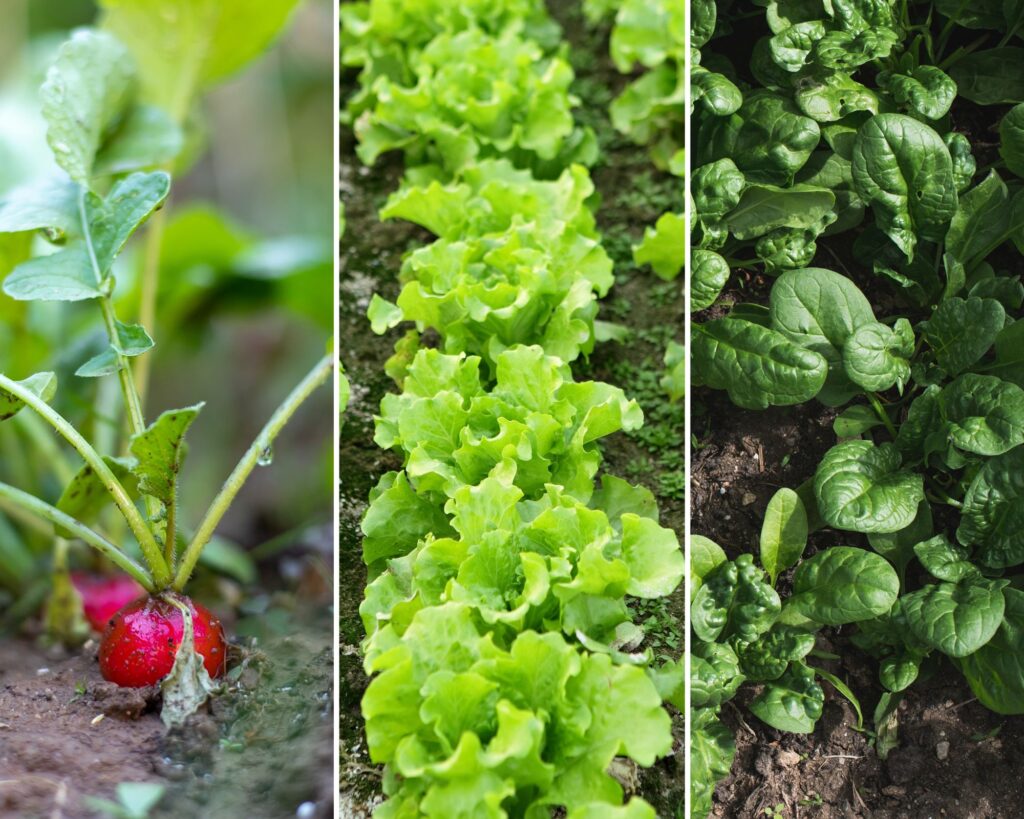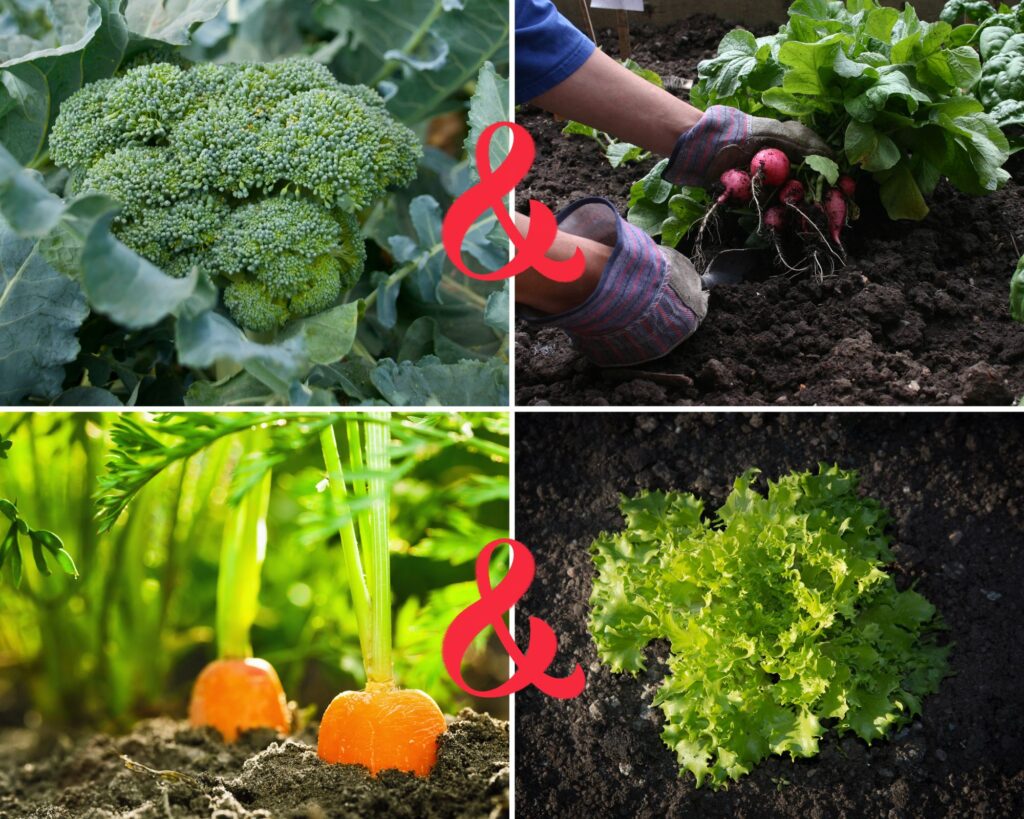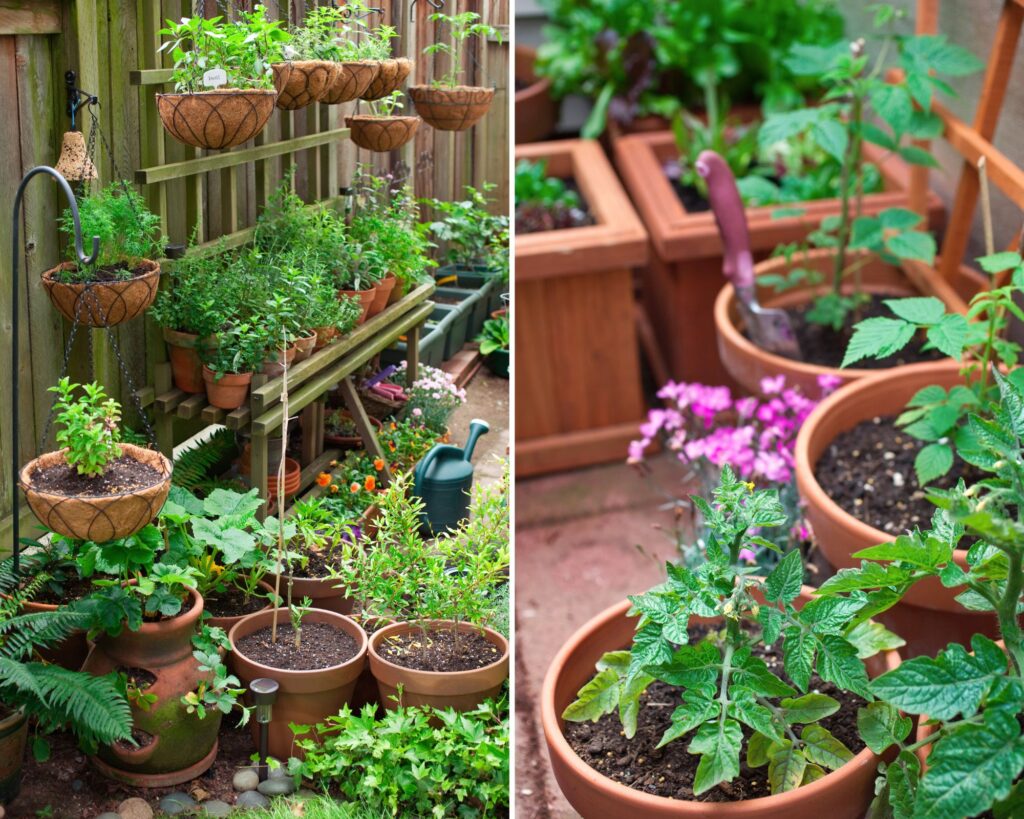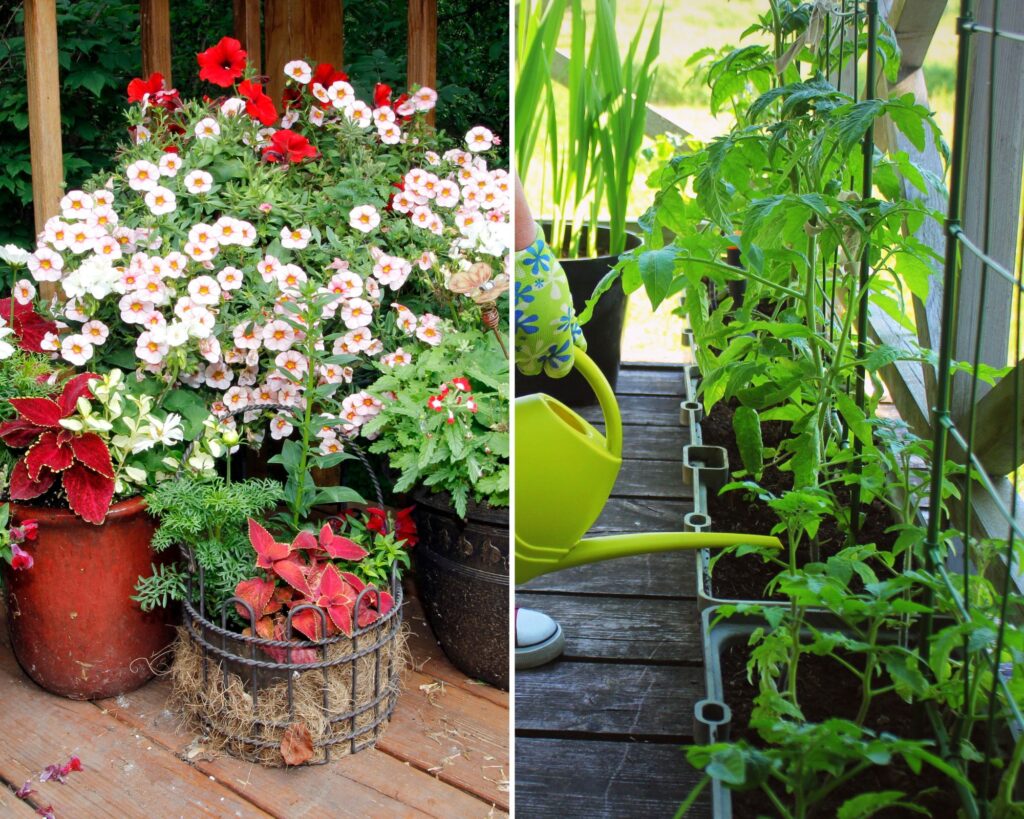In the concrete jungle of urban living, finding space to cultivate a garden can seem like an impossible dream.
Yet, what if I told you that your tiny balcony, cramped backyard, or even a simple windowsill could burst into life with fresh produce and lush greenery? Intrigued?
With the right mix of ingenuity and meticulous planning, you can transform any small space into a thriving garden paradise.
Dive in to discover five game-changing strategies to supercharge your garden’s yield, no matter how limited your space.
1. Vertical Gardening: Growing Up, Not Out
Vertical gardening is a game-changer for those with limited horizontal space. By utilizing vertical surfaces, you can dramatically increase your planting area.
Here’s how you can implement vertical gardening:
1. Trellises and Arbors: Perfect for climbing plants like beans, cucumbers, and tomatoes, trellises and arbors provide support and keep the plants off the ground.
This method reduces the risk of diseases and pests, which are often spread through soil contact. Trellises can be made from a variety of materials, including wood, metal, or even sturdy twine, and they can be as simple or as elaborate as your space allows.
2. Wall Planters and Green Walls: These can be mounted on any vertical surface and are ideal for herbs, strawberries, and some leafy greens.
Wall planters come in many styles, from pockets made of felt or fabric to modular plastic systems. Green walls, or living walls, are an excellent way to add greenery to small urban spaces while also insulating buildings and improving air quality.
3. Hanging Baskets: Great for trailing plants such as strawberries, cherry tomatoes, and herbs like thyme and oregano, hanging baskets can be placed on balconies, patios, or even indoors near a sunny window.
These baskets save ground space and can be a decorative addition to your home or garden area. Choose sturdy hooks and ensure they are securely fastened to support the weight of the plants and soil.
4. Stackable Planters: Designed to stack on top of each other, these planters allow you to grow more plants in a smaller footprint. They are excellent for herbs, lettuce, and other compact plants.
Stackable planters are particularly useful for maximizing space in small patios or balconies, as they create a mini-tower of greenery that is both productive and attractive.
Vertical gardening not only maximizes space but also creates an attractive and efficient garden setup. By growing upwards, you can make the most of every inch of space available.
2. Companion Planting: Nature’s Perfect Pairs
Companion planting involves growing certain plants together to benefit each other. This strategy can lead to healthier plants and higher yields.
Some benefits include pest control, improved pollination, and better use of space.
Here are some effective companion planting combinations:
1. Tomatoes and Basil: Basil repels pests like aphids and enhances the flavor of tomatoes. Planting these two together not only saves space but also ensures that your tomatoes are healthier and tastier.
2. Carrots and Radishes: Radishes grow quickly and help break up the soil, making it easier for carrots to grow. They also mature faster, allowing you to harvest radishes before the carrots need more space.
This combination makes efficient use of the soil and growing season.
3. Beans and Corn: Corn provides a natural trellis for beans to climb, while beans fix nitrogen in the soil, benefiting the corn.
This ancient combination, often used in the Three Sisters method along with squash, optimizes space and nutrient use.
4. Marigolds with Almost Anything: Marigolds repel a wide range of pests and can be planted alongside many vegetables to protect them. They are particularly effective against nematodes, which can damage the roots of plants.
By strategically pairing plants, you can create a harmonious garden ecosystem that maximizes productivity and minimizes the need for chemical interventions.
3. Square Foot Gardening: Efficient and Organized
Square foot gardening is a method developed by Mel Bartholomew, which involves dividing your garden into small, manageable squares. This approach is highly efficient and helps you maximize your yield by planting densely.
Here’s how to get started with square foot gardening:
1. Create a Grid: Use string or wood to divide your garden bed into one-foot squares. This grid system makes it easy to plan and manage your garden, ensuring that each plant has the space it needs to grow.
2. Plan Your Planting: Each square is planted with a specific number of plants based on their mature size. For example, one square foot can hold one tomato plant, four lettuce plants, or sixteen carrots.
This method ensures that plants are spaced appropriately for optimal growth.
3. Rotate Crops: After harvesting, immediately plant a new crop in the same square to maximize productivity. Crop rotation also helps prevent soil depletion and reduces the risk of pests and diseases.
4. Intensive Planting: Making Every Inch Count
Intensive planting is all about maximizing the use of available space by planting crops closely together. This method can significantly increase your garden’s yield per square foot.
Here’s how to practice intensive planting:
1. Succession Planting: Plant fast-growing crops like radishes, lettuce, and spinach in succession. As soon as one crop is harvested, plant another in its place.
This method ensures a continuous supply of fresh produce throughout the growing season.
2. Intercropping: Plant slow-growing crops like broccoli alongside quick-growing crops like radishes. The fast growers can be harvested before the slow growers need more space.
This efficient use of space allows you to get more produce from the same area.
3. Layering Plants: Use the concept of vertical space within the ground. For example, plant deep-rooted vegetables like carrots alongside shallow-rooted plants like lettuce.
This approach maximizes the use of soil depth and minimizes competition for nutrients and water.
Intensive planting requires careful planning and good soil management to ensure plants have enough nutrients and water. However, the rewards in terms of yield can be significant.
5. Container Gardening: Flexibility and Versatility
Container gardening is ideal for those with very limited space, such as balconies, patios, or windowsills. Containers can be moved around to optimize sunlight and create a versatile garden space. Here are some tips for successful container gardening:
1. Choose the Right Containers: Use containers of varying sizes and depths to accommodate different plants.
Ensure they have drainage holes to prevent waterlogging. Options include pots, buckets, and even repurposed items like old bathtubs or wooden crates.
2. Select Suitable Soil: Use high-quality potting soil, which is lighter and drains better than garden soil. Adding compost can enhance soil fertility.
Container soil should be refreshed regularly to ensure plants have access to necessary nutrients.
3. Regular Feeding and Watering: Container plants need more frequent watering and feeding than those in the ground. Use a balanced fertilizer and water consistently, ensuring excess water can drain away.
Consider using self-watering containers or drip irrigation systems to maintain consistent moisture levels.
Container gardening allows you to grow a wide variety of plants, from vegetables and herbs to fruits and flowers.
It also offers the flexibility to rearrange your garden as needed and bring plants indoors during unfavorable weather conditions.
By utilizing these innovative gardening strategies, you can turn even the smallest spaces into thriving gardens.
Vertical gardening, companion planting, square foot gardening, intensive planting, and container gardening each offer unique solutions to maximize your garden’s yield.
These methods not only help you make the most of limited space but also contribute to a healthier and more sustainable gardening practice.
With careful planning and creativity, your small space can become a lush, productive haven that brings joy and fresh produce throughout the growing season.
